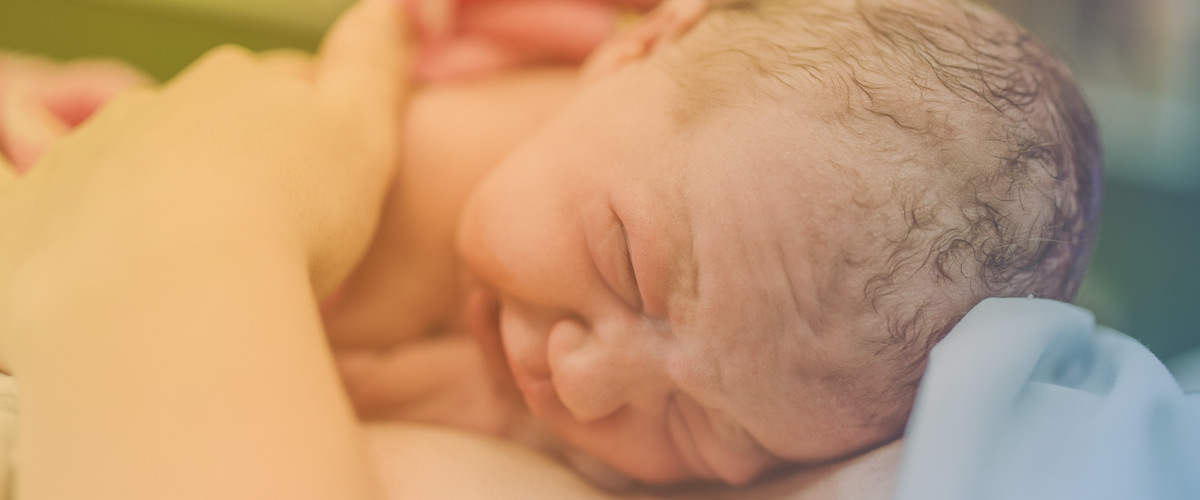Vaginal birth after Caesarean (VBAC)
What is vaginal birth after Caesarean?
Vaginal birth after Caesarean (VBAC) is when a woman has had a previous birth via Caesarean section (C-section) and in a subsequent pregnancy has a vaginal delivery. Between 50-85% of women who attempt VBAC will be successful. Benefits include:
- Reduced blood loss
- Less injury and risk of infection
- No complications related to surgery
- Shorter hospital stay
- More rapid recovery
- Less pain
- Less breathing problems after birth for the newborn
Even after 2 or more C-sections a VBAC can be attempted, although the risk of complications (e.g., uterine rupture) is higher.
What are the risks of VBAC?
A C-section leaves a scar on the uterus that is weak and can tear during labour. This is called a uterine rupture. The chance of this happening is about one in every 200 women who have a trial of labour. If this happens, an emergency C-section is required. You may also need a blood transfusion. You and your baby will be carefully monitored throughout labour to watch for any signs of rupture. VBAC should not be attempted at home. VBAC should only be attempted in a hospital where a timely Caesarean section is available. VBAC should not be attempted at home. Together, you and your health care provider will discuss the risks and benefits, and decide whether to attempt a VBAC.
When should a VBAC not be attempted?
A VBAC should not be attempted in the following situations:
- The mother has an ‘inverted T’ uterine scar
- Previous uterine surgery (e.g., fibroid removal)
- Previous uterine rupture
- Placenta previa
- If the mother does not wish to attempt a vaginal delivery

